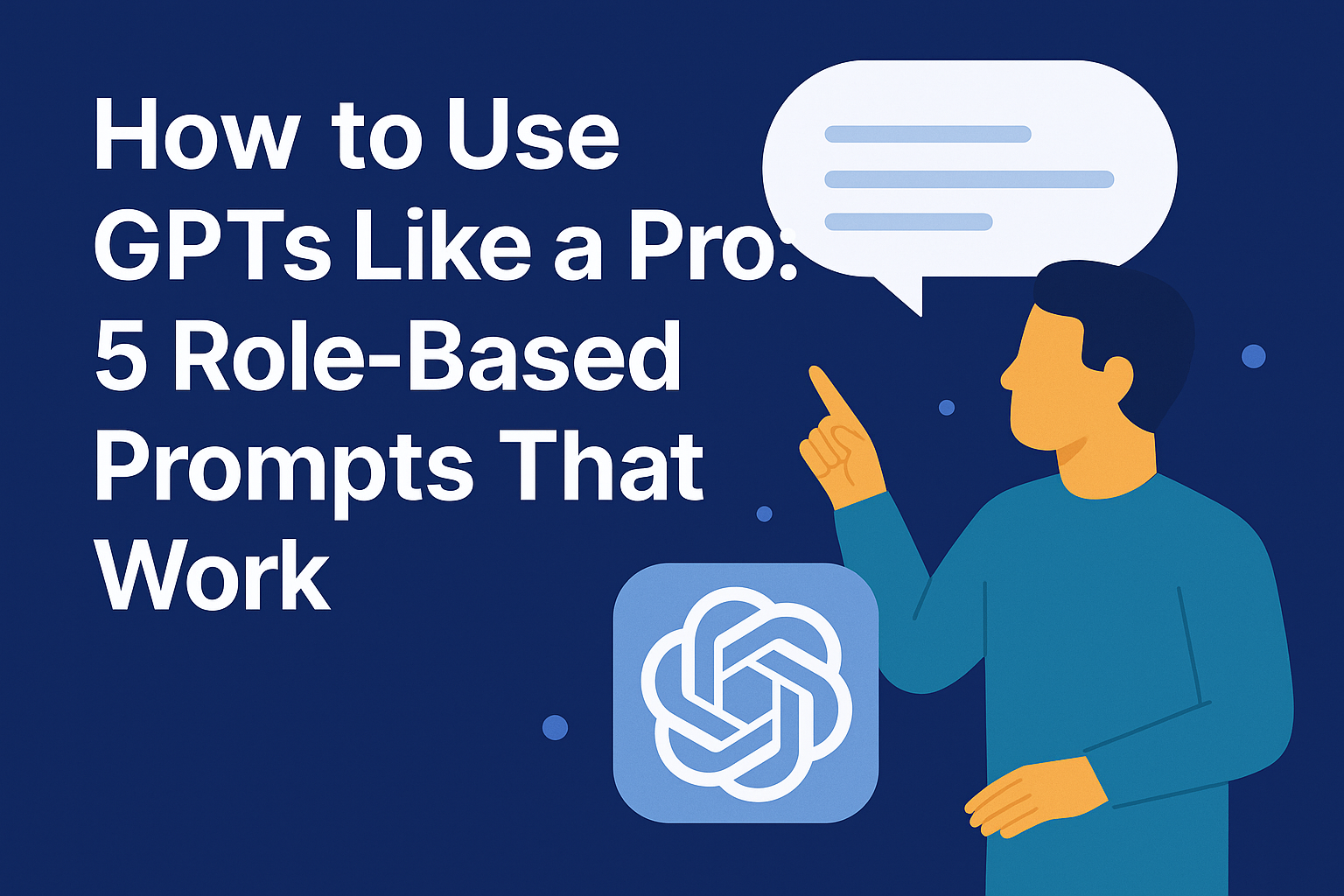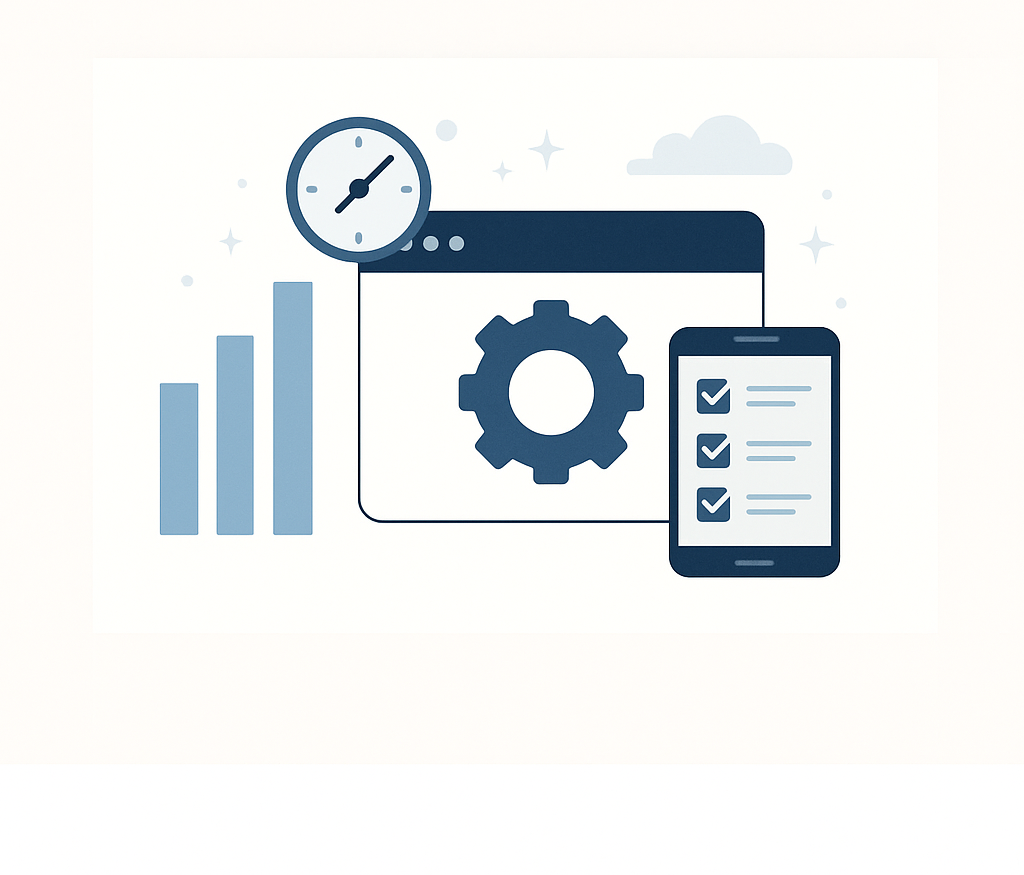Prompt engineering is the skill of crafting effective instructions (called prompts) to guide AI language models like ChatGPT, Claude, or Gemini. A well-structured prompt helps the AI understand your intent, context, and desired output — leading to more accurate and useful responses.
It’s like writing a good brief for a human assistant: the clearer you are, the better the result.
One simple but powerful technique in prompt engineering is assigning the AI a specific role. When you say, “Act as a project manager,” or “You’re my writing coach,” you’re giving the AI context that shapes its behavior.
One of the easiest ways to get better results from GPT tools like ChatGPT, Claude, or Gemini is to give them a specific role to play.
By assigning a role, you’re helping the AI understand the tone, purpose, and expectations of the task. This allows you to delegate work more effectively and get structured, actionable results faster.
Here are 5 powerful role-based prompt templates you can use to instantly boost your productivity.
1. The Project Manager
Use this role to organize tasks, set priorities, and plan timelines for projects.
Example
You are a project manager helping me plan a [type of project]. Ask me a few questions to understand the scope, deadlines, and resources. Then, create a 1-week plan with daily tasks and priorities.Best For: Planning launches, campaigns, personal goals, or client work.
2. The Research Assistant
Perfect when you’re exploring a new topic and need quick, digestible summaries.
Example:
Act as my research assistant. I want to learn about [topic]. Summarize the key concepts, list pros and cons, and provide 3 credible sources to explore further.Best For: Content prep, decision-making, tech comparisons.
3. The Writing Coach
Great for improving emails, blog posts, or professional writing.
Example:
You are a writing coach helping me improve the following paragraph. Please rewrite it to make it clearer, more engaging, and professional. Keep it concise:
[Paste your paragraph here.]Best For: Emails, proposals, LinkedIn posts, landing page copy.
4. The Meeting Summarizer
Turn long notes or transcripts into actionable summaries with follow-up items.
Example:
You're an executive assistant. Summarize this meeting transcript into key discussion points, decisions made, and next steps with owner assignments:
[Paste meeting transcript or notes.]Best For: Zoom calls, team meetings, strategy sessions.
5. The Task Organizer
Use this when you’re overwhelmed with a to-do list or juggling multiple responsibilities.
Prompt:
Act as my productivity assistant. Here are all the things I need to do:
[List tasks here.]
Organize them by urgency and importance. Recommend which tasks to delegate, batch, or schedule.Best For: Prioritization, time-blocking, weekly planning.
Try It This Week
If you’re new to using GPT tools in your daily workflow, you might also find these posts helpful:
- 👉 ChatGPT for Beginners: 7 Easy Ways to Boost Productivity with AI
- 👉 Top 5 Free AI Tools You Can Start Using Today (No Tech Skills Needed)
Pick just one role from the list above and use it to handle something you’d usually do yourself. You’ll save time, reduce mental load, and see how AI can actually support—not replace—your work.
Which one are you trying first?



